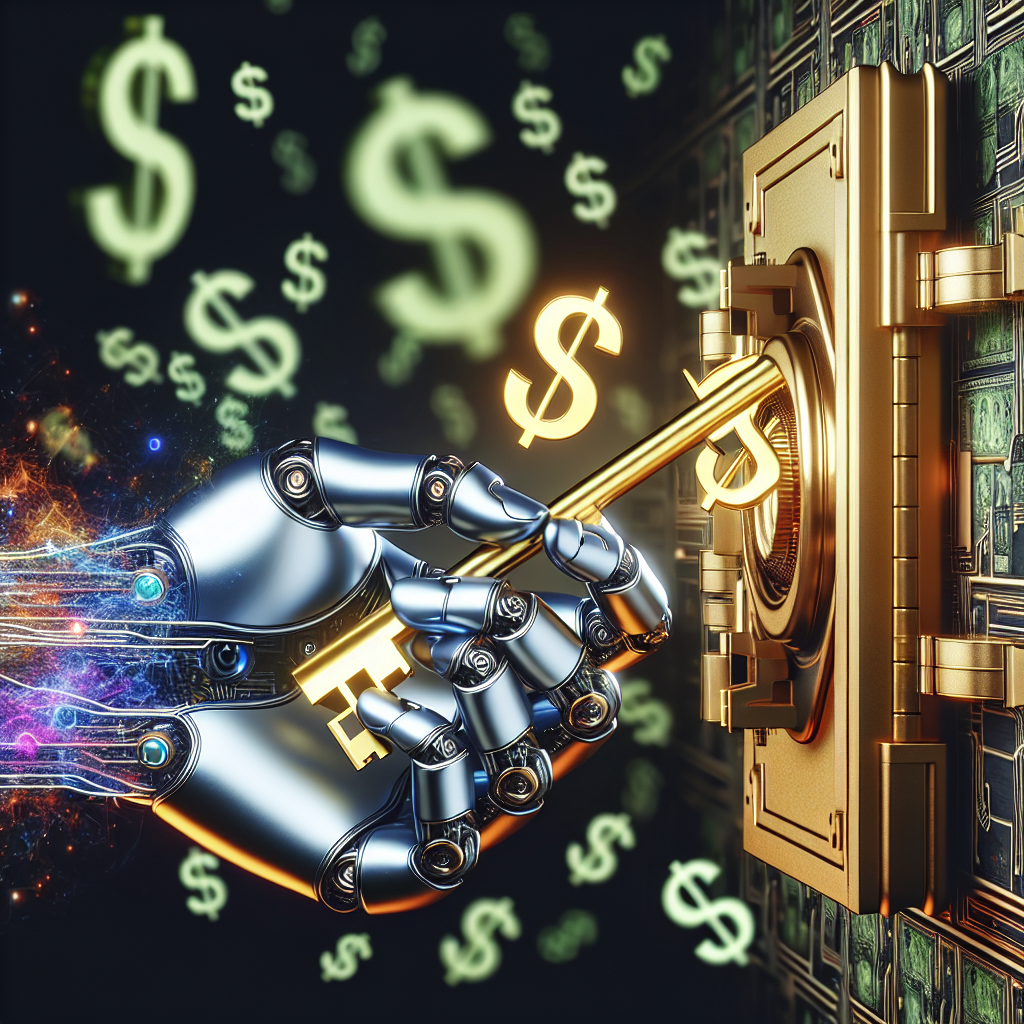Investing in NFTs, or Non-Fungible Tokens, can be exciting and scary at the same time. NFTs are like digital stickers or collectibles that you own, but they are unique and cannot be copied. People buy and sell them just like art or baseball cards. While there can be great rewards in owning an NFT, there are also many risks.
One of the main rewards of investing in NFTs is the potential for profit. If you buy an NFT at a low price and later sell it at a higher price, you can make money. Some NFTs have sold for millions of dollars! Another reward is that NFTs can give you a sense of ownership over something special that you love, like art or music.
However, there are also risks. The value of NFTs can go up and down very quickly, and you might lose money if you sell at a lower price than you paid. Also, since the NFT market is new, many people don’t know much about it and can get tricked into buying fake or worthless tokens.
Using a glossary can help understand important terms related to NFTs:
– NFT (Non-Fungible Token): A unique digital item that represents ownership of a specific asset, like art or music.
– Blockchain: A secure digital ledger that keeps track of ownership and transactions related to NFTs.
– Market: A place where people buy and sell NFTs.
In conclusion, investing in NFTs can be fun and profitable, but it also comes with risks. It is important to learn and understand what you are buying before making any decisions.
Understanding NFTs
NFTs, or Non-Fungible Tokens, are unique digital assets that represent ownership of a specific item or piece of content, usually verified using blockchain technology. Unlike cryptocurrencies like Bitcoin, which are interchangeable, each NFT has distinct information that makes it one-of-a-kind.
Risks of Investing in NFTs
Investing in NFTs comes with several risks that potential buyers should be aware of:
- Volatility: The value of NFTs can fluctuate wildly. What might be worth thousands today could be worth a fraction of that tomorrow. For example, many collectors experienced losses when certain NFT markets collapsed.
- Scams and Fraud: The NFT space is still relatively new and unregulated, leading to various scams. Fake artworks, misleading sales, and phishing schemes are common.
- Lack of Liquidity: Unlike stocks or traditional assets, finding a buyer for an NFT can be challenging. If the demand for a specific NFT drops, it might be hard to sell.
- Intellectual Property Issues: Purchasing an NFT does not always grant the buyer copyright or intellectual property rights to the underlying asset. Misunderstanding this can lead to legal troubles.
- Environmental Concerns: The blockchain technology that supports NFTs can be energy-intensive, raising concerns about its environmental impact.
The Volatility Example
“The NFT market has seen explosive growth but is also marked by rapid fluctuations, leading to significant potential gains and losses.”
Rewards of Investing in NFTs
Despite the risks, investing in NFTs can lead to several rewards:
- Potential for High Returns: Many early adopters of NFTs have made significant profits. Some NFTs have sold for millions, creating immense wealth for their owners.
- Ownership and Provenance: NFTs allow artists to maintain ownership of their work while still selling it. Buyers can verify the authenticity of the digital asset.
- Access to Exclusive Content: Some NFTs provide their owners with exclusive access to events, digital goods, or community memberships.
- Diversification: Investing in NFTs allows individuals to diversify their portfolios beyond traditional assets like stocks and bonds.
The High Return Example
“Digital artist Beeple sold an NFT for $69 million at a Christie’s auction, showcasing the potential of the market.”
How to Invest Safely in NFTs
If you’re considering diving into the world of NFTs, here are some practical tips for safer investing:
- Research Extensively: Understand the NFT’s background, the creator, and the market trends.
- Focus on Established Platforms: Use reputable marketplaces like OpenSea, Rarible, or Foundation to mitigate risks of scams.
- Start Small: Begin with a modest investment to gauge the market before committing larger sums.
- Verify Ownership Rights: Ensure you understand what rights come with your NFT, including copyright and resale rights.
Common Terms Associated with NFTs
| Blockchain | A decentralized digital ledger that records transactions across many computers securely. |
| Minting | The process of creating an NFT and adding it to the blockchain. |
| Gas Fees | Transaction fees required to conduct operations on the blockchain, often varying in cost. |
| Smart Contract | A self-executing contract with the terms of the agreement directly written into code. |
The Future of NFTs
As technology evolves, so will the landscape of NFTs. With ongoing developments in the metaverse and digital content creation, NFTs may become integral to how we perceive ownership. Keeping abreast of market trends, cultural shifts, and technological advancements is crucial for any investor interested in participating in this innovative domain.
A Final Perspective
“NFTs represent a new frontier in digital ownership and monetization, presenting both risks and rewards for those willing to explore this evolving market.”
What are NFTs?
What Genius Says About scammed by Nfts 3 #bettercallsault #shortsfeed
Non-fungible tokens (NFTs) are unique digital assets that represent ownership of a specific item or piece of content, typically recorded on a blockchain. They can represent anything from digital art to music, virtual real estate, and collectibles.
What are the potential rewards of investing in NFTs?
Investing in NFTs can provide several potential rewards. Firstly, there is the possibility of significant financial returns. Some NFTs have sold for millions of dollars, driving interest from investors looking to profit. Additionally, investing in NFTs allows individuals to support artists and creators directly, as NFTs often include royalties for original creators when sold. Moreover, NFTs can offer various utilities, such as access to exclusive events or experiences.
What are the risks associated with investing in NFTs?
There are several risks when investing in NFTs. The market is highly volatile, and prices can fluctuate dramatically, potentially leading to substantial losses. Additionally, the NFT space is still relatively new, and there are ongoing concerns regarding regulation, copyright issues, and the authenticity of digital items. There’s also a risk of technological challenges, such as platform failures or security breaches, which can affect NFT ownership and access.
How do I evaluate the value of an NFT?
Evaluating the value of an NFT can be complex, as it is often based on subjective factors. Consider the creator’s reputation, the rarity of the NFT, its historical significance, and the demand within the market. Analyzing recent sales of similar NFTs can also provide insights into value trends. Ultimately, personal interest and emotional connection to the piece may play a significant role in its perceived value.
What should I know before investing in NFTs?
Before investing in NFTs, it’s essential to conduct thorough research. Understand the technology behind NFTs and blockchain, and familiarize yourself with the marketplace where you plan to make purchases. It’s also wise to determine your budget and establish a strategy that aligns with your financial goals. Be prepared for the inherent risks, and only invest what you can afford to lose.
Are NFTs a good long-term investment?
The long-term prospects of NFTs remain uncertain. While some experts believe the market could grow significantly, others warn of potential bubbles or downturns. A diversified investment strategy that includes traditional assets is advisable. Ultimately, whether NFTs are a good long-term investment depends on individual risk tolerance and market conditions.



